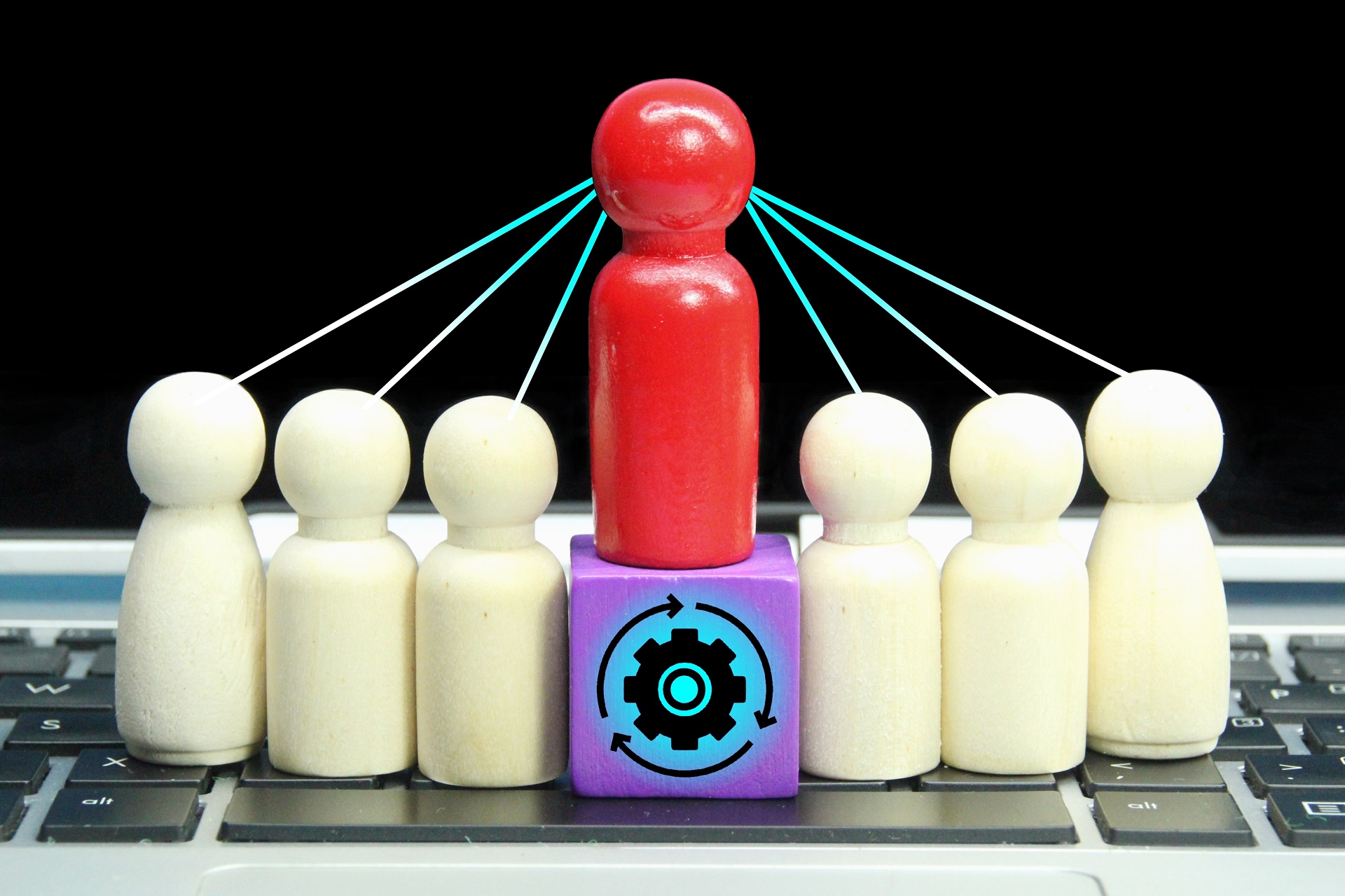
Dynamic Impact of IoT on Human Resource

LeSoft
The Internet of Things (IoT) has the potential to face the workforce-related and hybrid challenges existing today. Integrating IoT applications in the modern workforce boosts workforce productivity, employee experience, optimizing resource utilization, etc. It also enables organizations to make better and well-informed decisions regarding salary appraisals, task allocations, etc., that can help uplift business growth and bottom line.
The unprecedented switch to remote working at a greater pace has accelerated the adoption of IoT-enabled workforce management tools because of the hassle-free connectivity, seamless interoperability, well-informed decision-making, and the smart work environments they provide.
IoT in HR will enable to make more precise employee monitoring, track employee engagement levels, and productivity, etc. Thus, IoT enables digitizing organizational processes, and it has become the need of the hour to rely on advanced technology to successfully shape the future of business.
The Impact of IoT on Human Resource
Improves Productivity and Safety
Integrating IoT technology can help connect devices to exchange information, find things accurately and keep people informed about the directions; all these can ultimately enrich employee productivity levels. Connected workstations that work with the help of IoT can also enhance tracking, managing, and controlling various operations with minimum human efforts is one of the major benefits of IoT.
Also, IoT-enabled sensors can monitor huge outdoor worksites and track worksite conditions in real time, thus improving employee security and saving their lives.
Automate Payroll Process
IoT sensors can easily track employee attendance which enables tracking employee payroll accurately. It can track employee total work hours and absenteeism accurately. Organizations can use RFID tags with sensors attached to their identity cards to accurately track employee attendance. Total work hours and absenteeism can be tracked error-free; thus, employee payrolls can be generated automatically.
Foster Employee Collaboration
In the pandemic-stricken era, many organizations are already working in hybrid environments. In these scenarios, workforce collaboration can be enhanced with the help of IoT-enabled collaboration platforms. Employees can communicate and collaborate effectively with the help of these IoT platforms.
Optimize Resources
With the use of IoT-enabled sensors, every equipment, device, machinery, etc., can be connected to a single network. Resource usage can be easily tracked, and usage can be controlled using resources. Using the data gathered from the sensors, resource utilization can be reduced and can enable to make the most out of resources.
Gather Real-Time Feedback
It is challenging for the HR teams to get honest feedback. Even that kind of employee response is often collected through paying attention to non-verbal communication, asking for reviews from multiple employees, etc.
Honest feedback is crucial for the organization to take initiatives beneficial for the organization. With the integration of IoT devices, HR teams can have less burden to gather personal employee feedback. Cameras can capture the real image of employees during meetings; thus, HR teams can easily understand the satisfaction level of employees.
Summing Up
Implementing IoT in HR operations can have several benefits for the HR teams. Still, before implementing IoT platforms, organizations must ensure they follow strict cyber security measures, and that employee data is not compromised.
IoT platforms can help to introduce intelligent and advanced workflows that enable businesses to overcome challenges and deliver the best outcome. It can transform and automate organizational operations, providing visibility and control over processes.